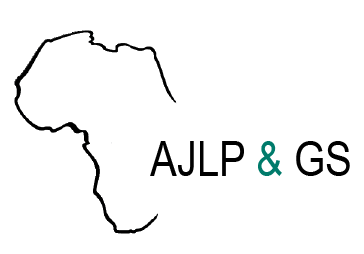This study aimed at modeling scenarios of future land use and land cover (LULC) change and estimating ecosystem service (ES) values for the year 2051 compared to 2021 in Central Ethiopia.
land cover
Observed (bio)physical cover on the Earth’s surface.


